Muscle cars were all about power, and the quickest way to get it was with big displacement. Many of the most iconic models of the 1960s and 1970s drew on the same big-block engines used across automakers’ lineups — not only in high-performance cars, but also in full-size sedans and even trucks. These shared powerplants were built for strength and durability, which made them perfect candidates when engineers wanted to turn mid-size coupes into street and strip terrors. Here are seven muscle cars that made their mark with engines also found in heavy-duty applications.
Chevrolet Camaro ZL1
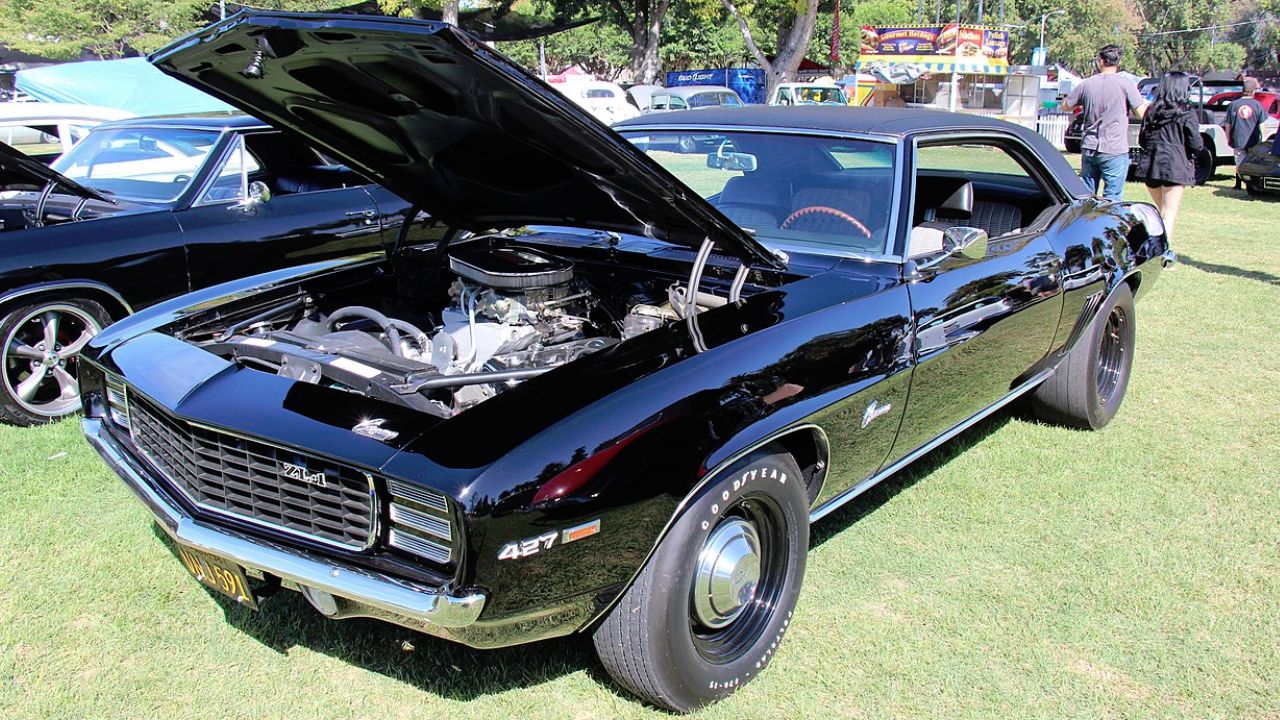
The 1969 Camaro ZL1 was the most extreme first-generation Camaro, fitted with an all-aluminum 427-cubic-inch V8. While this particular racing engine was a special offshoot of Chevrolet’s L88 design, the broader 427 family was also used in Chevrolet’s big sedans and light trucks. Officially rated at 430 horsepower, real output was much higher, and with just 69 built, the ZL1 became a drag-strip legend and one of the rarest muscle cars ever made.
Dodge Charger Daytona
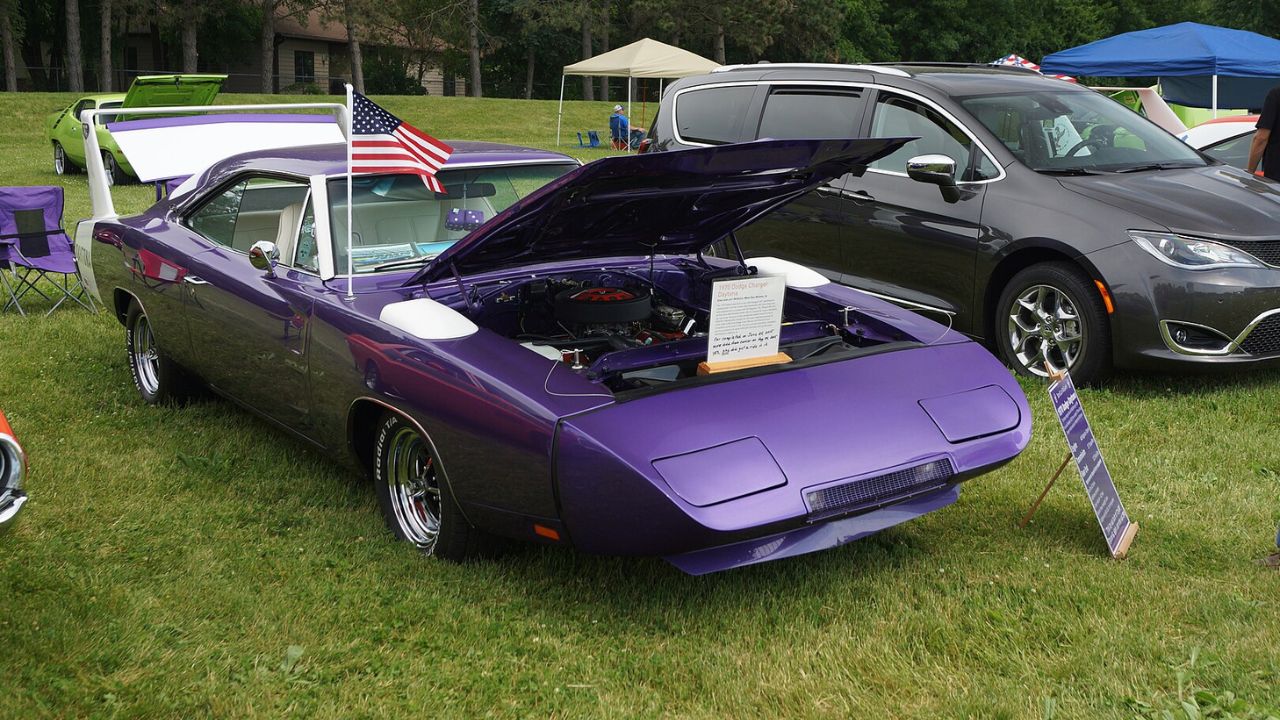
The Charger Daytona was built in 1969 to dominate NASCAR, and its available 426 Hemi V8 was one of Chrysler’s most versatile powerplants. The Hemi saw duty in muscle cars, luxury sedans, and even certain industrial and heavy-duty applications. In the Daytona, its combination of 425 advertised horsepower and aerodynamic bodywork pushed the car past 200 mph on the track, securing its reputation as one of the wildest creations of the muscle era.
Plymouth Superbird
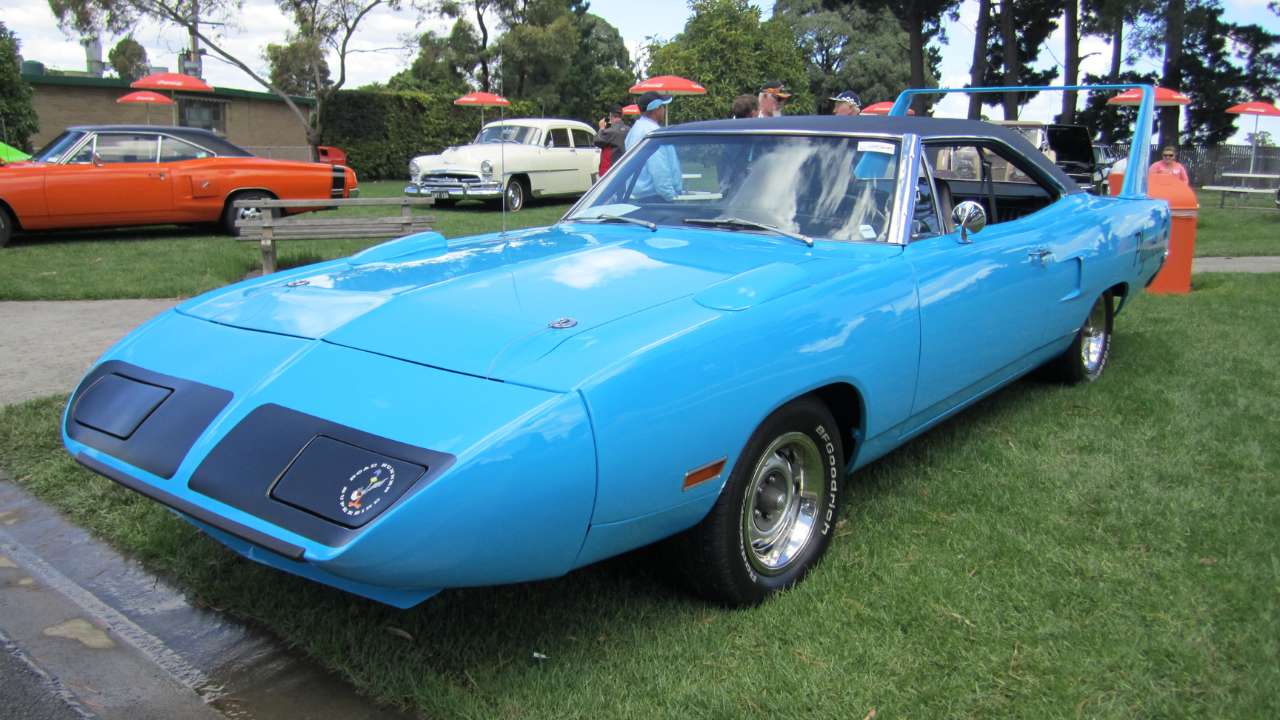
Built for the 1970 NASCAR season, the Plymouth Superbird shared its engine options with the Charger Daytona: the 426 Hemi and the 440 Super Commando. The 440, in particular, was a workhorse engine that appeared in Mopar’s full-size cars and also in Chrysler’s police and truck lines. With its radical nose cone and high wing, the Superbird paired big-block grunt with record-setting aerodynamics, leaving behind a legacy that still fascinates collectors today.
Ford Mustang Boss 429
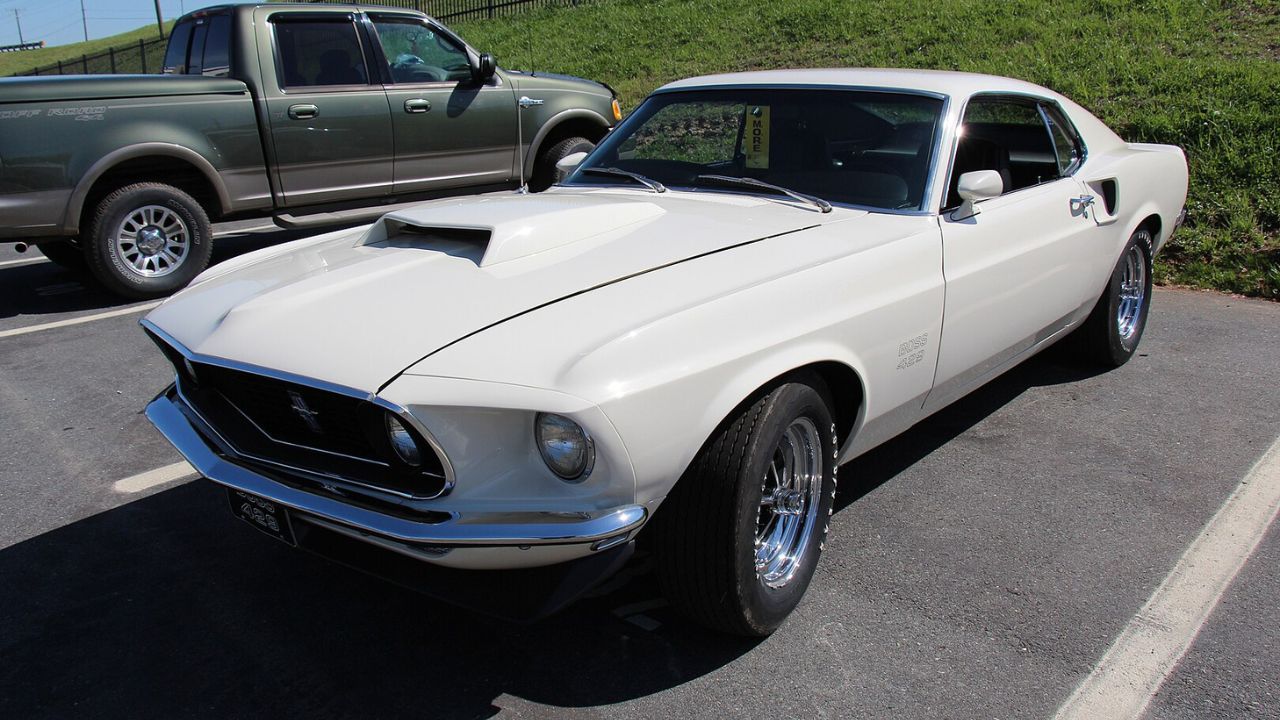
Ford’s Boss 429 Mustang, introduced in 1969, used a special version of Ford’s 385-series 429-cubic-inch V8. While the Boss variant was engineered specifically for NASCAR, the same 429/460 engine family powered everything from full-size Fords to pickup trucks. The Boss 429 was limited in production, but it showcased how Ford’s heavy-duty big-block architecture could be adapted into a high-revving racing motor that made the Mustang one of the fiercest competitors of its day.
AMC Rebel Machine
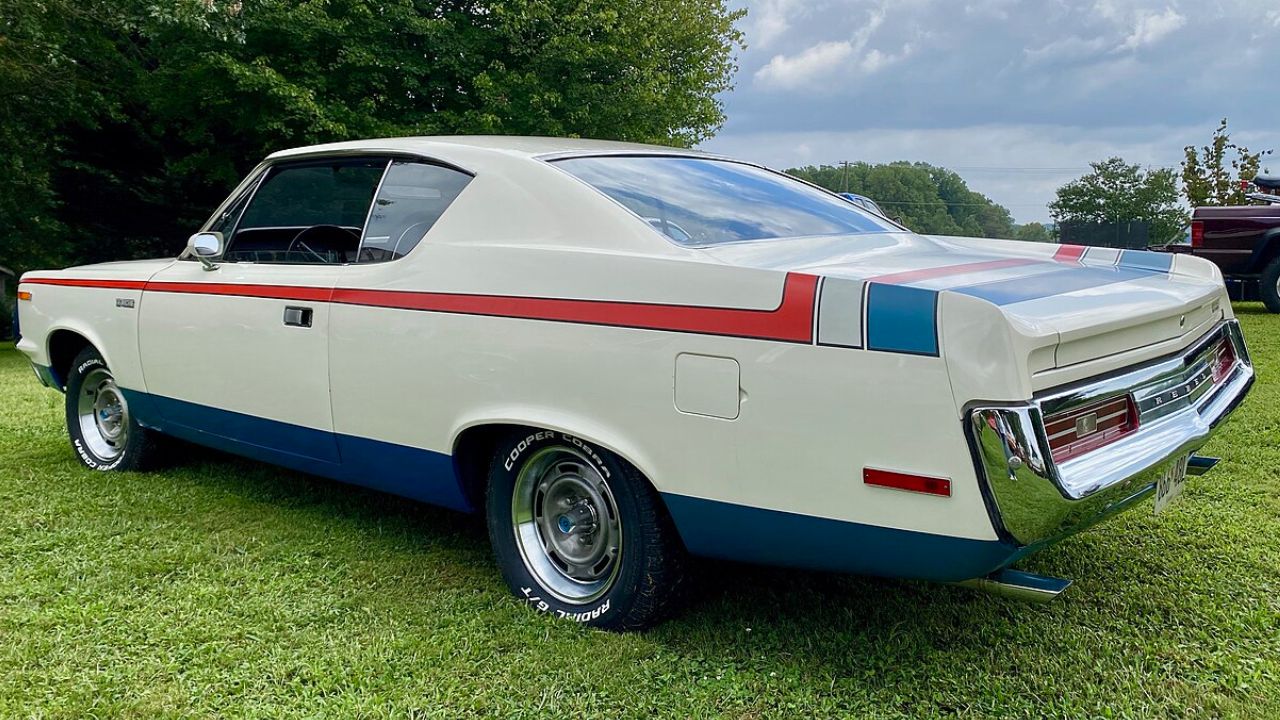
The AMC Rebel Machine, introduced in 1970, drew its power from AMC’s 390-cubic-inch V8. Variants of this engine family were used not only in passenger cars but also in Jeep trucks after AMC acquired Jeep. Rated at 340 horsepower, the Rebel Machine combined this durable big-block with flashy red, white, and blue paintwork. It became AMC’s ultimate muscle car, balancing rugged engineering with performance credibility.
Pontiac GTO Judge

The 1969 Pontiac GTO Judge came standard with a Ram Air III 400-cubic-inch V8, with the Ram Air IV optional. Though Pontiac engines weren’t used in GMC trucks after the early 1960s, the 400 and its relatives were designed for use across the brand’s entire car range — from family sedans to performance coupes. The Judge proved that a versatile big-block could deliver both everyday drivability and serious street performance when paired with Pontiac’s muscle car formula.
Oldsmobile 442 W-30
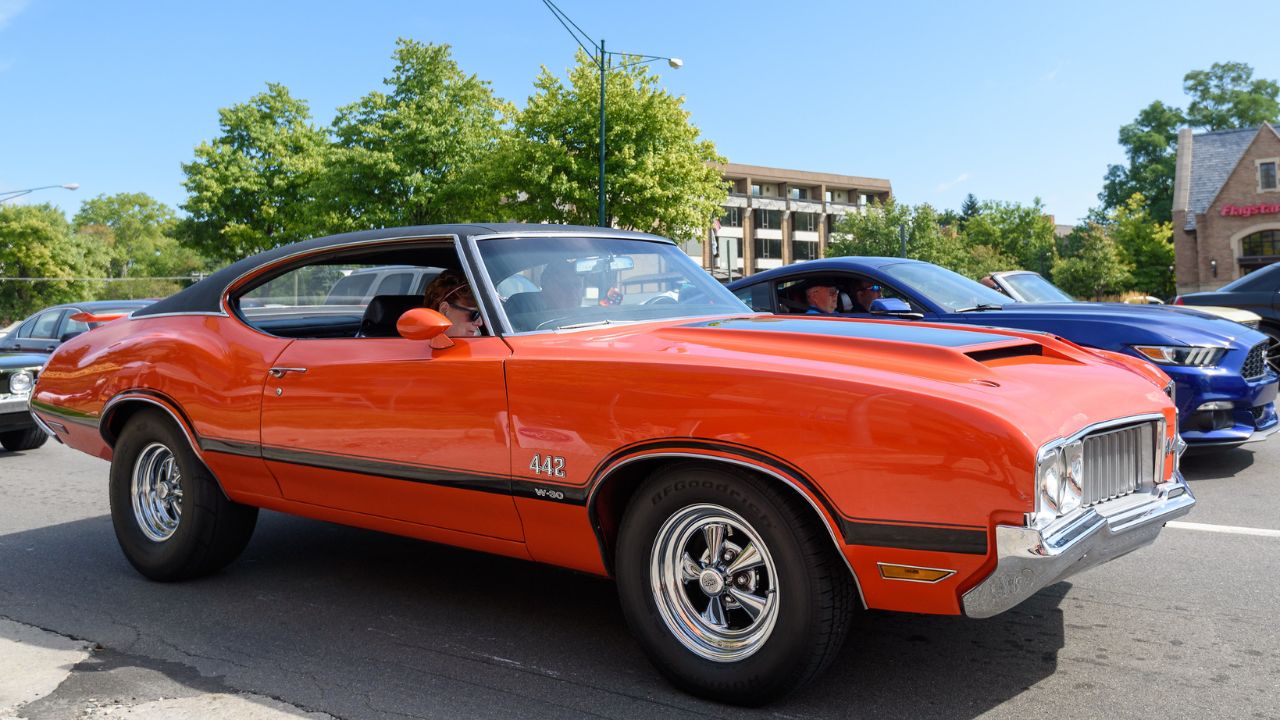
The Oldsmobile 442 W-30, introduced in 1968, packed the 455-cubic-inch Rocket V8. This big-block powered Oldsmobile’s largest sedans as well as Toronados, giving it proven strength before being tuned for muscle car duty. With 370 horsepower in W-30 trim, it offered explosive acceleration and cemented the 442 as Oldsmobile’s performance flagship. Today, it’s remembered as one of the best examples of how an all-purpose big-block could be transformed into a serious muscle car engine.
Like Fast Lane Only’s content? Be sure to follow us.
Here’s more from us:
*Created with AI assistance and editor review.

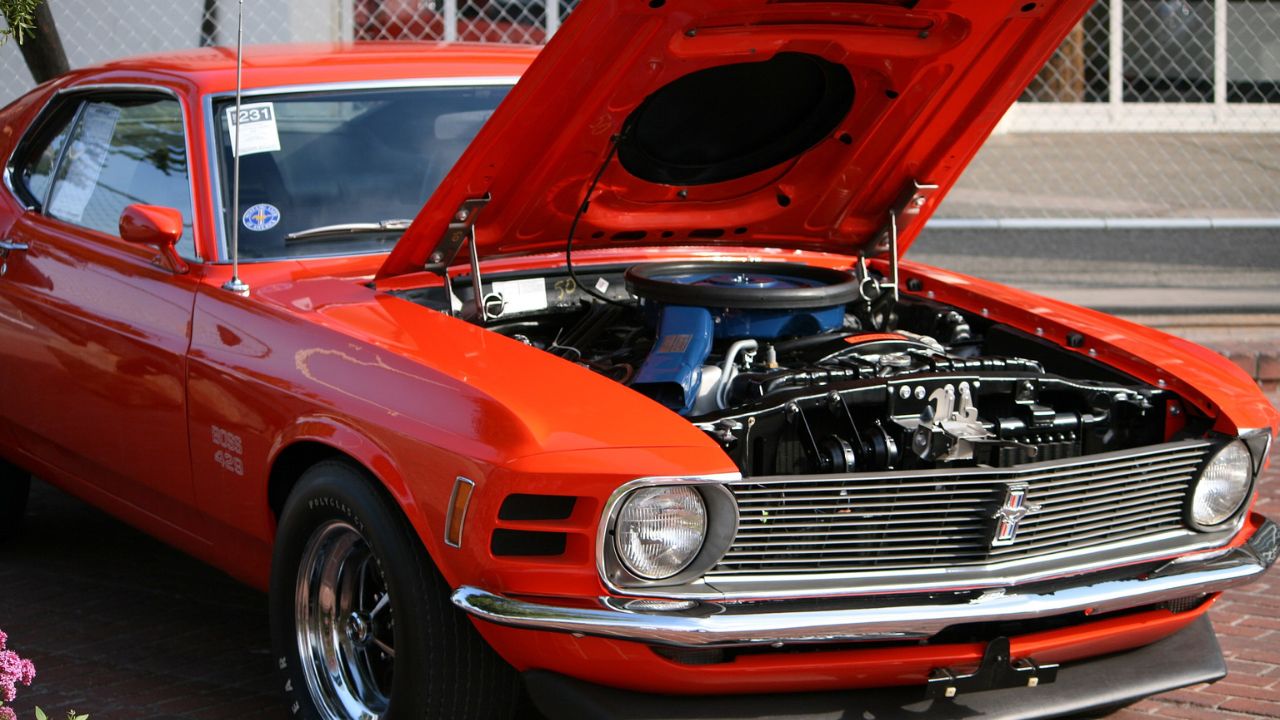
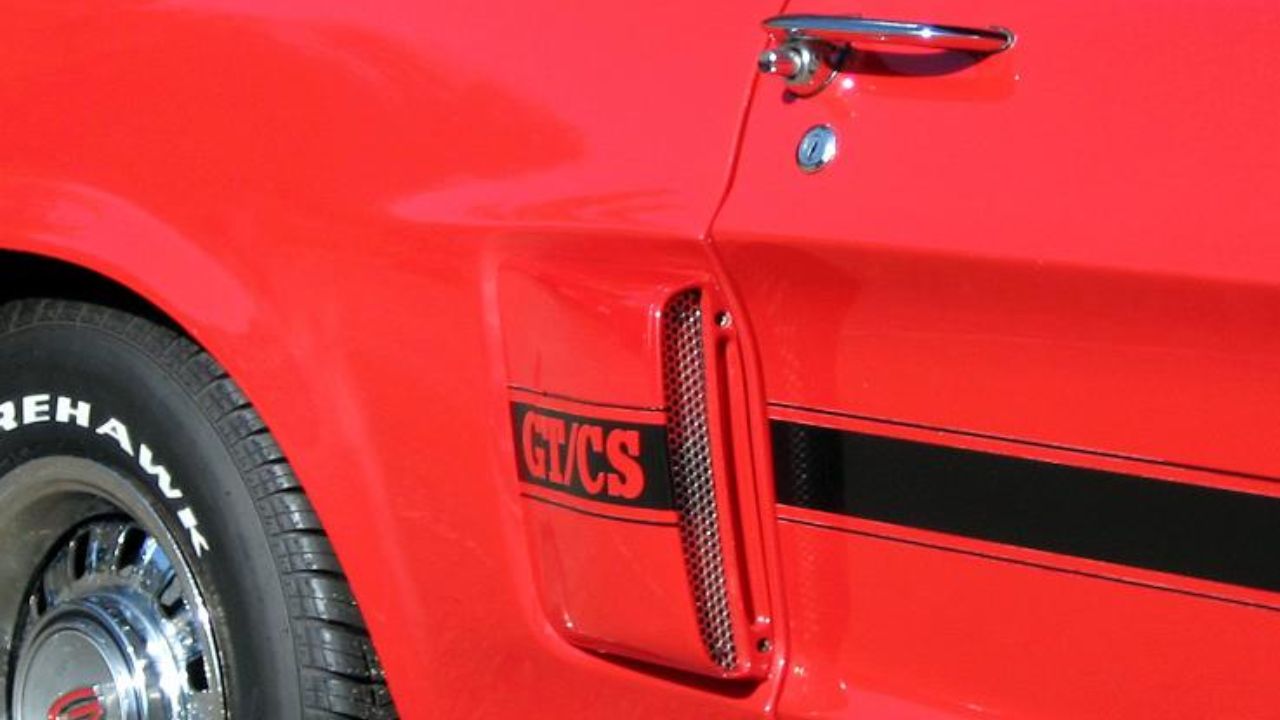
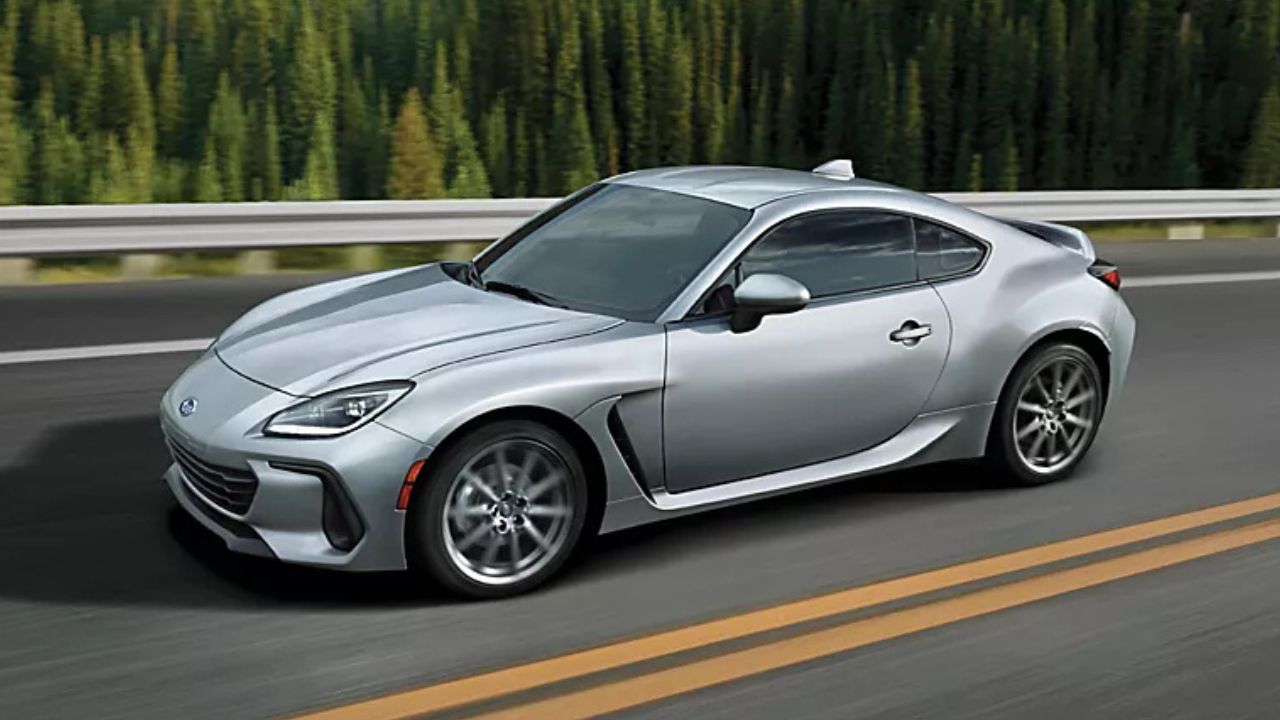
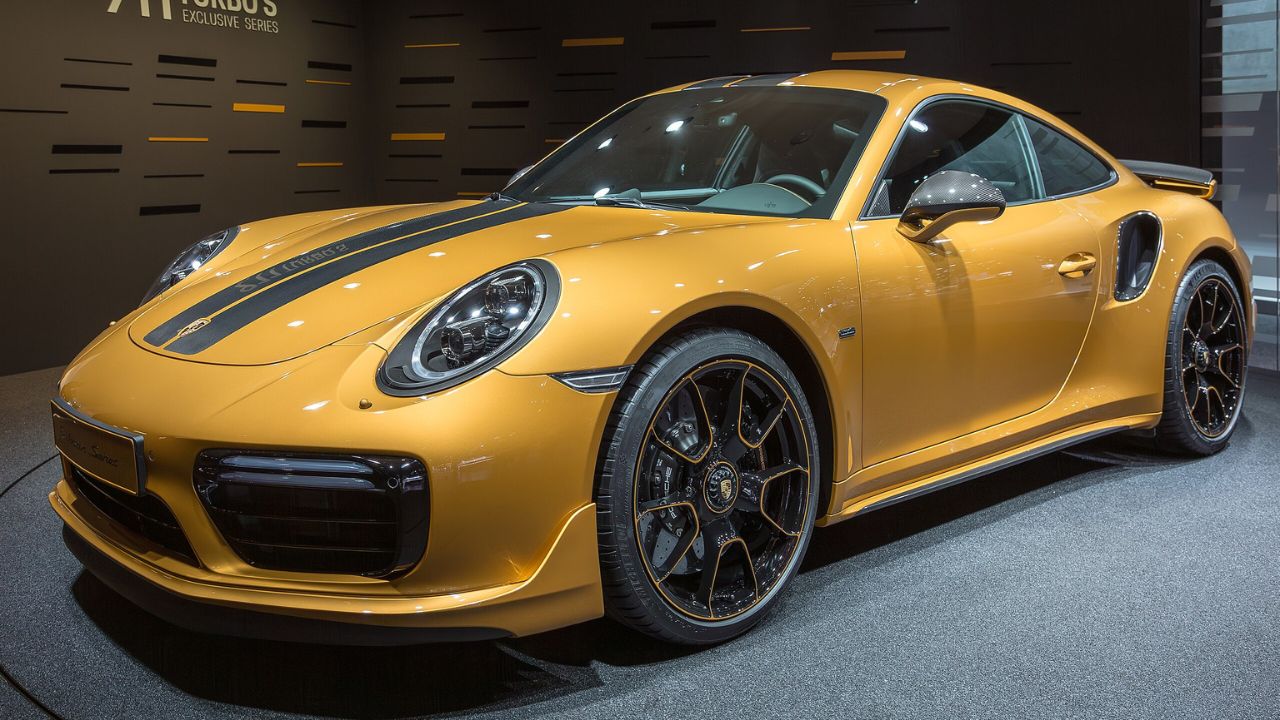
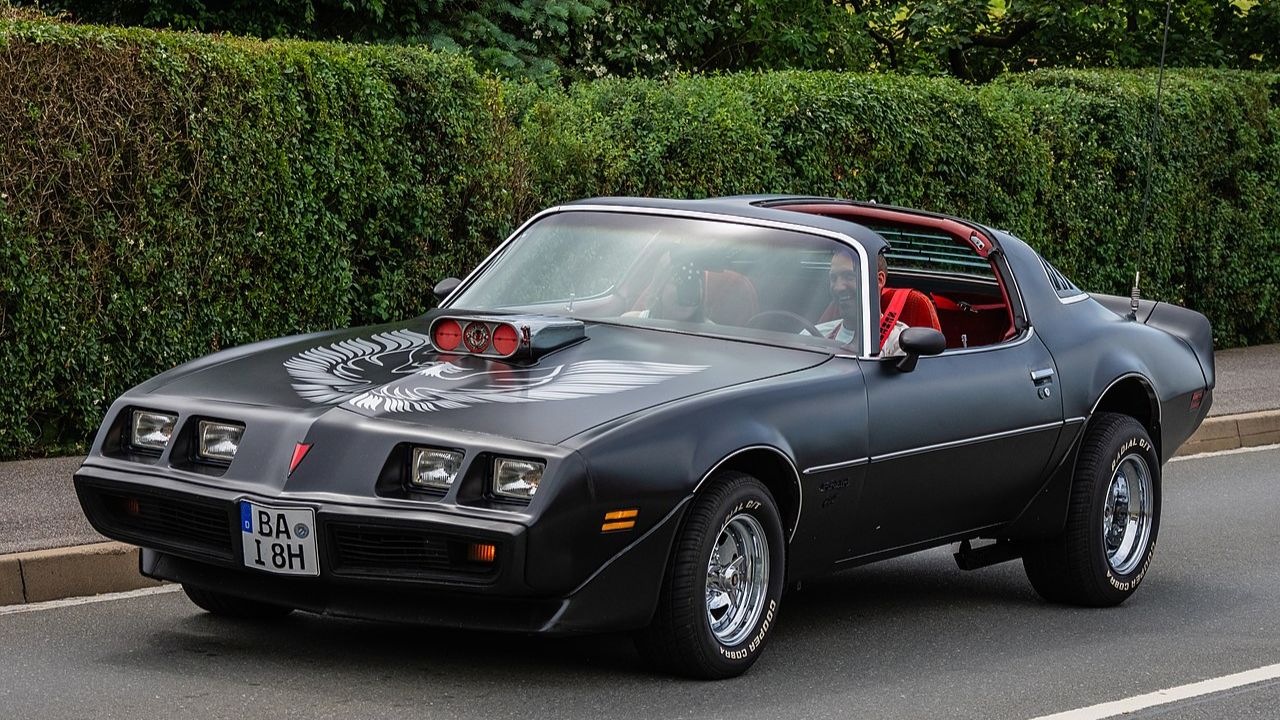
Leave a Reply